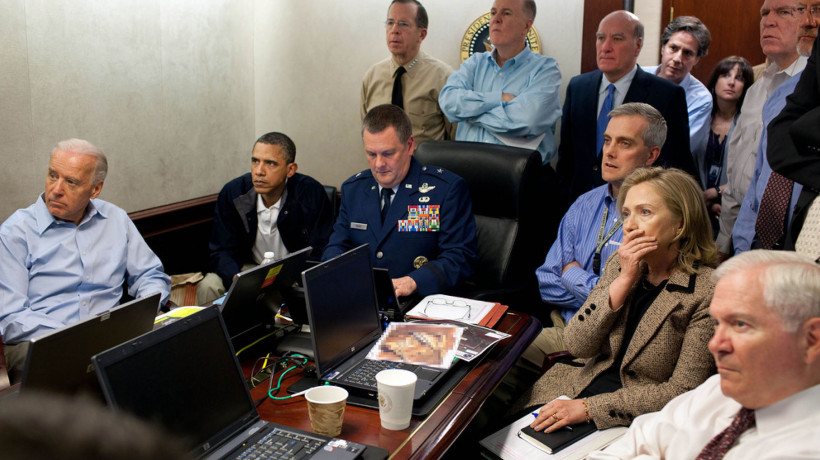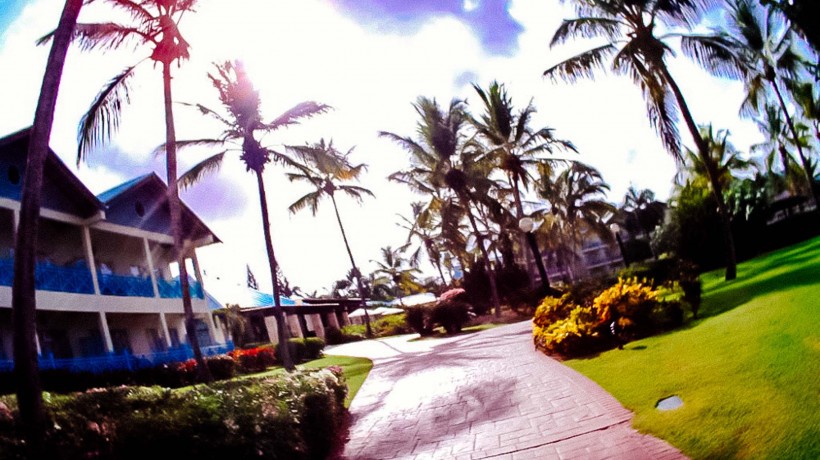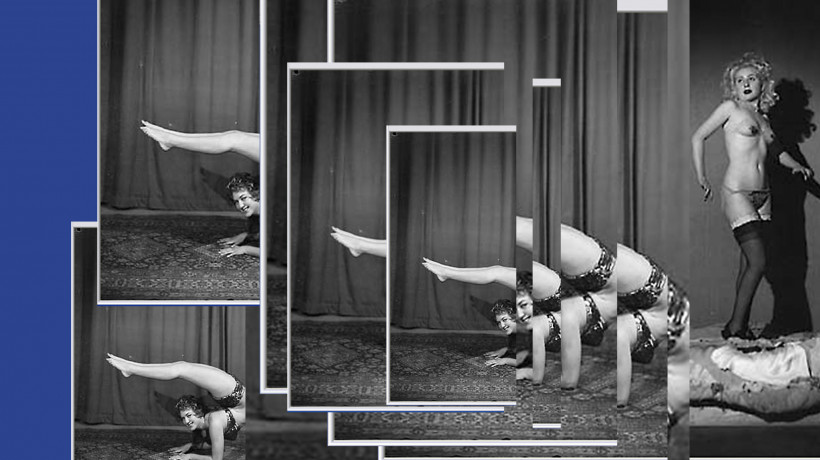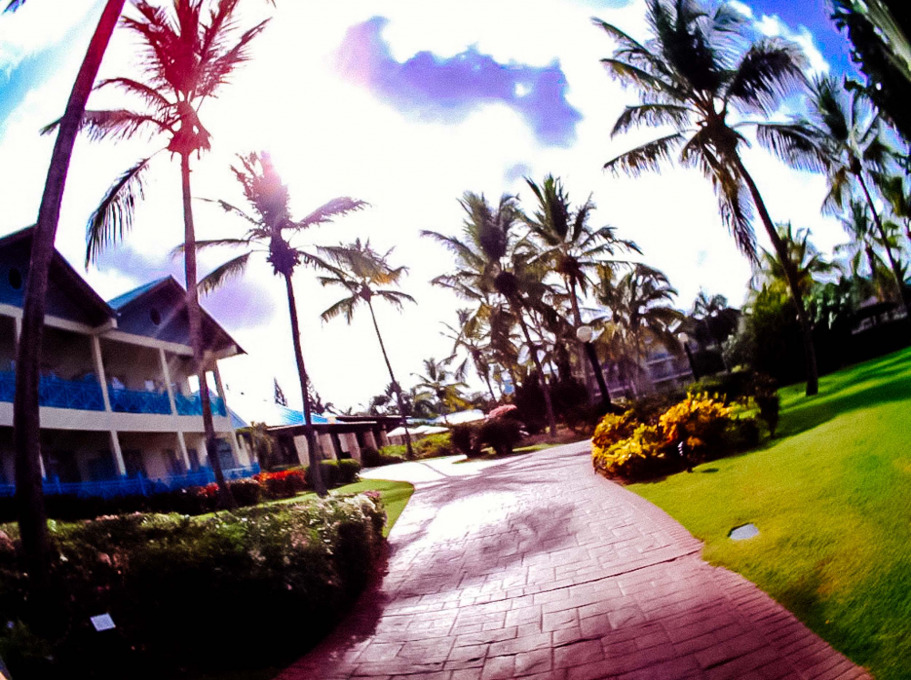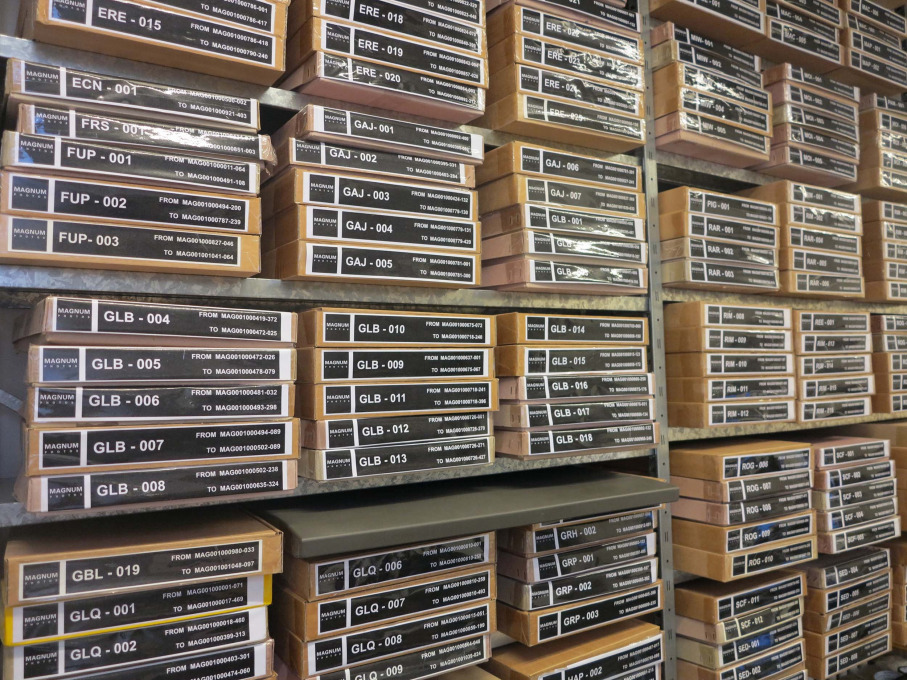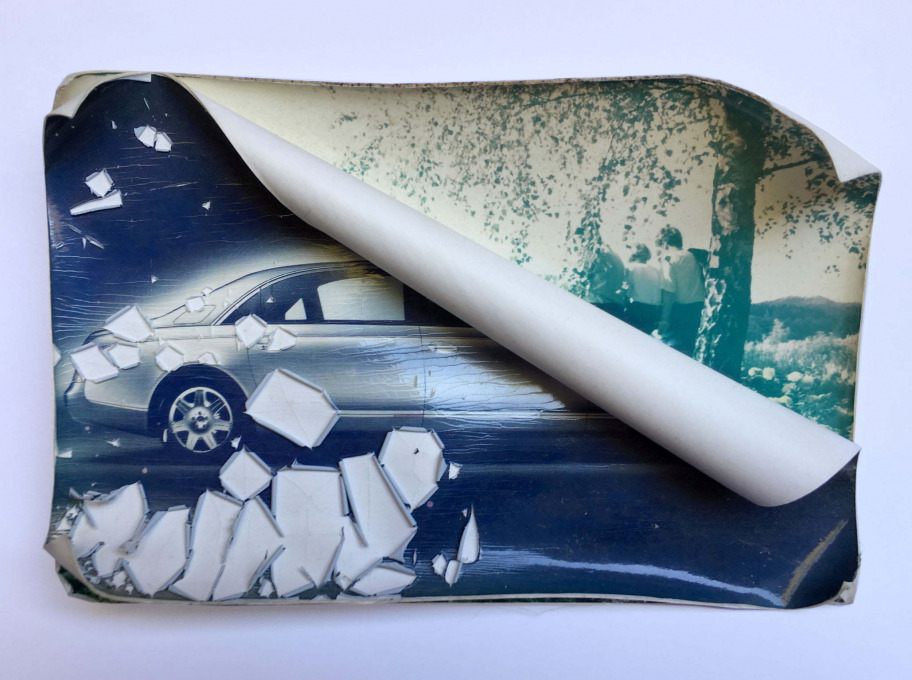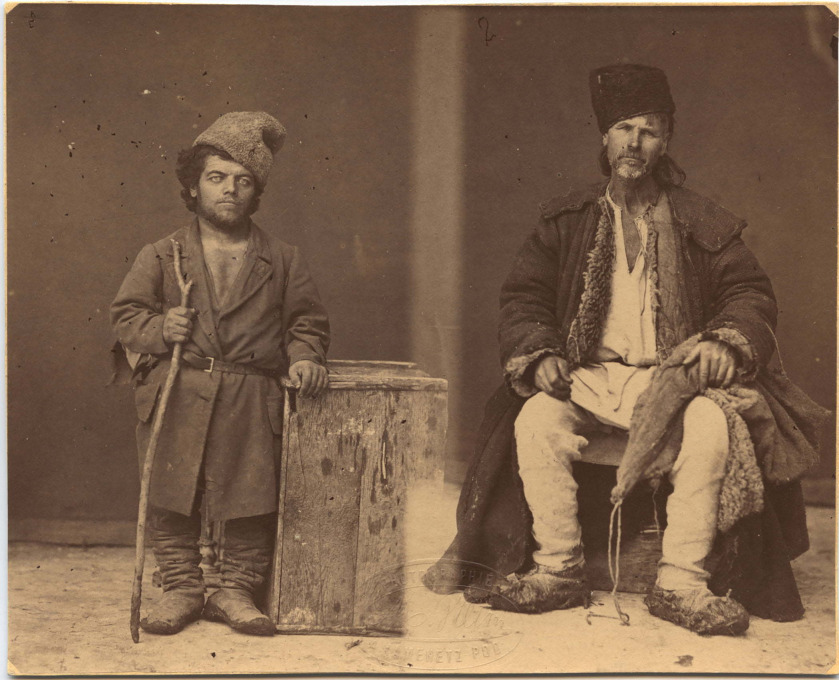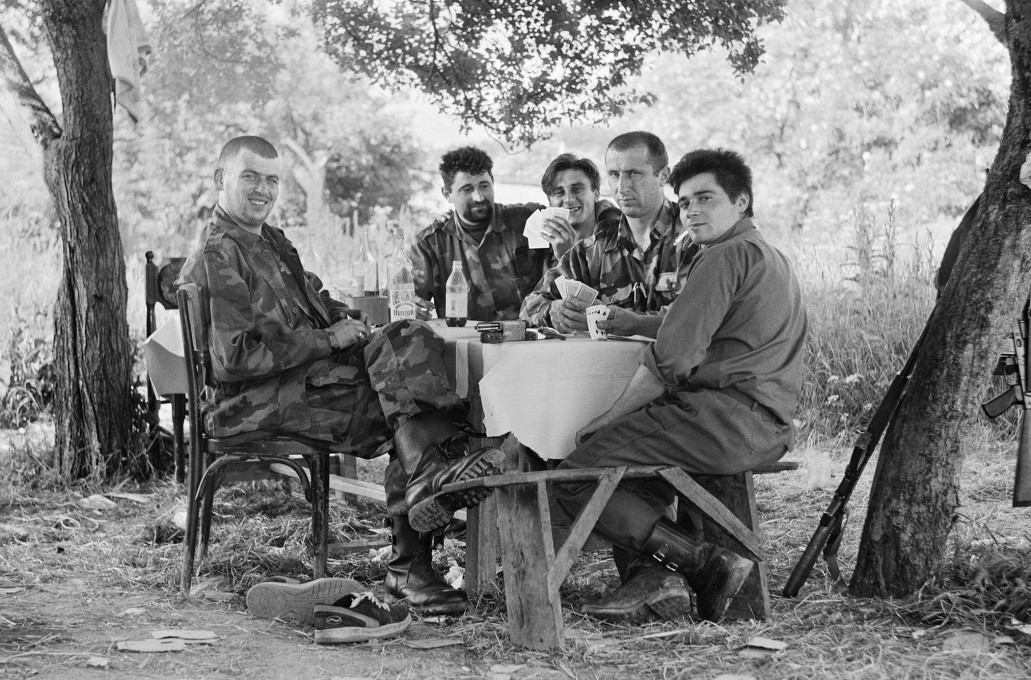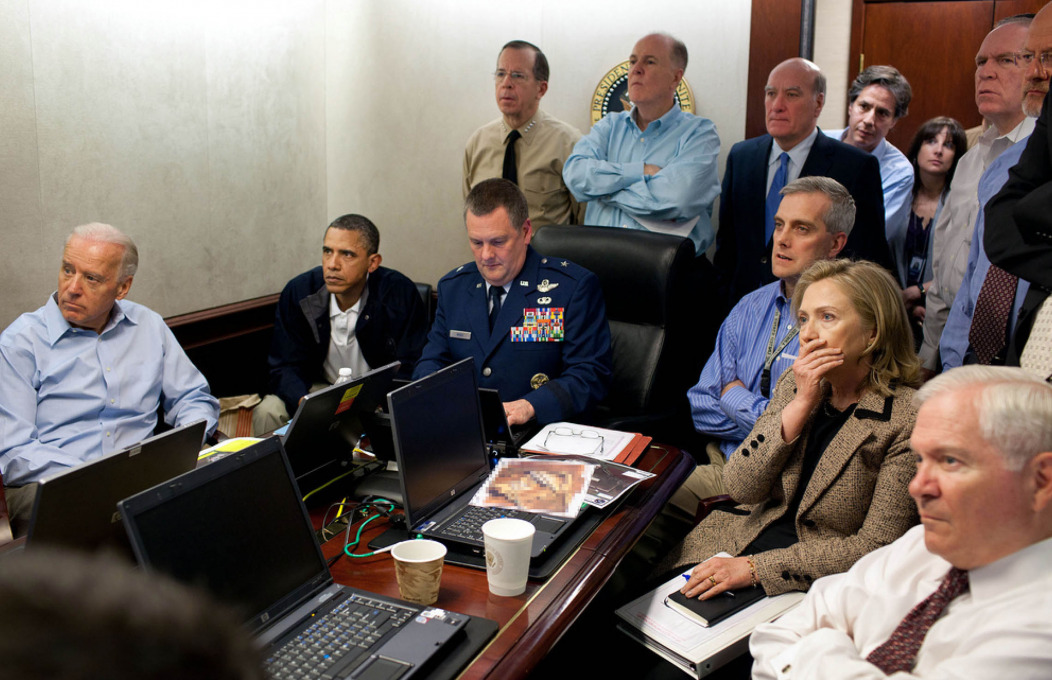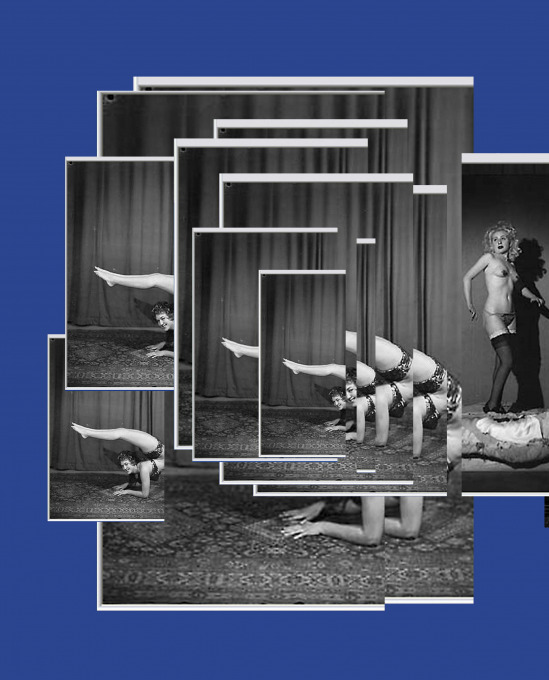Cabinet
- Membrana Vol. 2, no. 2
- 2017
editorial

editorial
Collecting photographic images has for long stirred both interest and imagination of photographers, artists, photographic theorists, just as it did those of information loving intelligence officers, flea market loving amateurs and free market loving entrepreneurs. Contemporary proliferation of image production and sharing seems to have only intensified the practices of collecting, appropriating and curating of found, already existing images. The resulting amassments of images – either in forms of personal albums, institutionalised collections, server farms of social networks or archives of state institutions – are also amassments of narratives, of projections about societies and individuals, of attempts to limit the mere potentiality and contingency of meaning. In particular it was the archive – as a concept, a distinctive repressive social apparatus, and as a pool of (in)accessible images – that has for long been a focal point of theoretical and discursive contestations, creative artistic practices and critical appropriations. Membrana #3 reinvigorates these discussions from the perspective of ubiquitous photography and re-politicisation of social life in post-democratic societies through the metaphor of cabinet. For us, the notion of the cabinet has multiple meanings and can be seen as a bureaucratic image storage and retrieval system, an image display surface, a desktop icon or an Wunderkammer-ish collection of wonders and curiosities and can be approached literally or metaphorically.
Artists and Projects
- Alberto Frigo, Andre Serrano, Andrea Palašti, Bert Stern, Bettina Rheims, Chinar Shah, Dagmar Kolatschny, David LaChapelle, Erwin Brumenfeld, Horațiu Șovăială, Ivan Petrović, Jaka Babnik, Jan Saudek, Jean-Baptiste Mondino, Joanna Zylinska, Josef Koudelka, Magnum Photos, Michał Greim, Michelle Proksell, Mihai Șovăială, Nan Goldin, Nepal Picture Library, Nobuyoshi Araki, Onur Ciddi, Paula Roush, Pete Souza, Peter Koštrun, Peter Rauch, Photo Circle, Pierre Boucher, Richard Prince, Robert Mapplethorpe, Ronnie Close, Simon Menner, Simon Podgoršek, Thiesson, Urša Premik, William Henry Fox Talbot
Content
The photo essay illustrates the politics of missing visuals from the public domain and analysis of the artist’s book Bin Laden Situation Room. The book is a reaction to the photograph issued on 2 May 2011 by the American government at the time of Bin Laden’s execution. The image taken by the official White House photographer Pete Souza, depicts president Barack Obama and his national security team witnessing the execution of Osama Bin Laden, the leader of the Islamic militant organization, al-Qaeda. Apart from this the American government did not issue any other visual evidence of the event. The essay explores war strategies of keeping the visuals mute, and in doing so, controlling the public opinion. Photography that prides itself on representing and uncovering historical moments, completely fails here. The book Bin Laden Situation Room, attempts to look for what the image fails to show. The essay examines the visibility and invisibility of frames of references and power to see and not see.
- Keywords: Bin Laden, missing images, photo book, photography, situation room
Chinar Shah is an artist teaching at Srishti Institute of Art, Design and Technology, Bangalore, where she is also a coordinator for photography discipline. Chinar did her M.A. in Literature and MFA/PGDP in Photography from NID, Ahmedabad, India. She has shown her work both in India and abroad. Some of her recent works were shown in Tate Liverpool, Birmingham Photo Festival, and Art Bengaluru and in “Material Light” – a collateral exhibition at Kochi Biennale. She is a co-editor of Photography in India: From Archives to Contemporary Practice, (Bloomsbury forthcoming). Chinar recently received the prestigious Inlaks Shivdasani Foundation grant to complete a long-standing project The Real Taste of India.
BUY PDF: Chinar Shah: Execution of Bin Laden in Images – PDF
DOWNLOAD PDF:
The images that make up the project presented here are very much part of “the technical universe of images” Flusser has identified in his book [Into the Universe of Technical Images]. They were taken over a period of two years with an automated “intelligent” wearable camera called the Autographer. The artist wore the camera in various everyday situations: on a city walk, in a holiday resort, in an art gallery, in a lecture theatre, at home. The machinic behaviour was nevertheless influenced by the way her body moved, enacting a form of immersive, corporeal perception that broke with the linearity of perspectival vision and its representationalist ambitions, while also retaining human involvement in the multiple acts of image capture. The human element was also foregrounded in the subsequent editing activities: Zylinska was faced with over 18,000 images from which she chose several dozen. Active Perceptual Systems thus raises the question of whether the creative photographer can be seen as first and foremost an editor: a Flusserian in-former who provides structure to the imagistic flow after the images have been taken.
- Keywords: algorithm, Autographer, editor, surveillance, technical image
Joanna Zylinska (1971) is a writer, lecturer, artist and curator, currently working as Professor of New Media and Communications at Goldsmiths, University of London. She is the author of many books on art, technology and media, the latest one of which is Nonhuman Photography (MIT Press, 2017). In 2013 she was Artistic Director of Transitio_MX05 “Biomediations”, the biggest Latin American new media festival, which took place in Mexico City. She has recently co-edited two open access books, Photomediations: An Open Book and Photomediations: A Reader as part of Europeana Space, a grant funded by the European Union’s ICT Policy Support Programme. Her current projects involve photographing media entanglements and making a short photo-film about “the end of man”.
- Haraway, D., 1998. Situated Knowledges: The Science Question in Feminism and the Privilege of Partial Perspective. In: Feminist Studies, Vol. 14, No. 3 (Autumn): 575 – 599. https://doi.org/10.2307/3178066
- Flusser, V., 2011. Into the Universe of Technical Images. Minneapolis: University of Minnesota Press.
BUY PDF: Joanna Zylinska: Active Perceptual Systems – PDF
DOWNLOAD PDF:
DOWNLOAD PDF:
impressum
MEMBRANA 3 / 2017 • ISSN 2463-8501 • https://doi.org/10.47659/m3
publisher: Membrana, Maurerjeva 8, 1000 Ljubljana • tel.: +386 (0) 31 777 959
editorial board: Jan Babnik (editor-in-chief), Ilija T. Tomanić, Lenart Kučić, Emina Djukić • advisory board: Mark Curran, Witold Kanicki, Ana Peraica, Iza Pevec, Matej Sitar • assistances to editorial team: Iza Pevec
article contributors: Ronnie Close, Miha Colner, Steve Edwards, Nataša Ilec, Witold Kanicki, Peter Koštrun, Simon Menner, Andreia Alves de Oliveira, Iza Pevec, Ivan Petrović, Peter Rauch, Paula Roush, Michelle Proksell, Marija Skočir, Gabriele de Seta, Chinar Shah, Alisha Sett, Joana Zylinska
translations: Tom Smith • proofreading: Tom Smith
image & projects contributors: Jaka Babnik, Onur Ciddi, Alberto Frigo, Dagmar Kolatschny, Andrea Palašti, Simon Podgoršek, Urša Premik, Horațiu Șovăială, Mihai Șovăială
design: Primož Pislak
printing: R-Tisk • print-run: 500
all images and texts © Membrana, except when noted otherwise editorial photograph: Ronnie Close, from the series Parallax Error, courtesy of the author • last page photo from: Simon Menner, from the series Surveillance Complex – Images from the Secret Stasi Archives, courtesy of the author.
